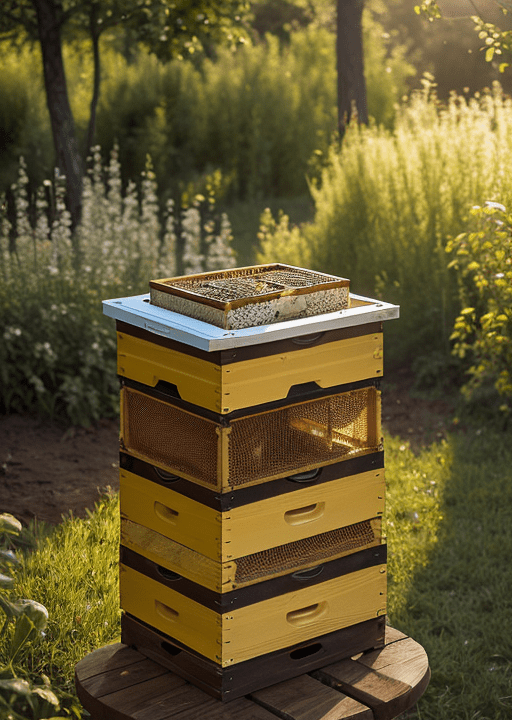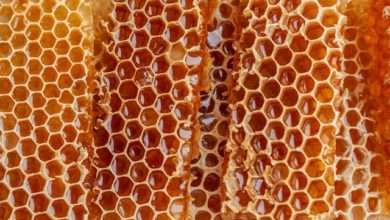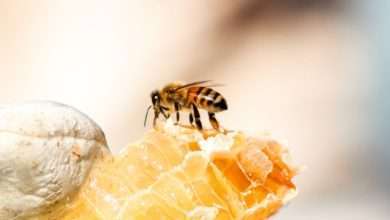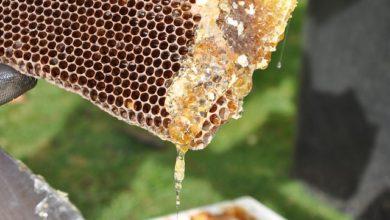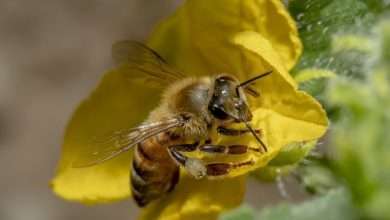How to Filter Honey

Honey, the golden nectar produced by bees, is not only known for its delicious taste but also its numerous health benefits. However, in its raw state, honey often contains impurities like wax particles, bee debris, and pollen grains. This is where honey filtering plays a crucial role.
Filtering honey not only enhances its clarity and appearance but also removes potential contaminants. In this article, we will explore the art of honey filtering, providing you with the knowledge and step-by-step instructions required to obtain pure and pristine honey.
The Importance of Filtering Honey
Here are some of the reasons why it is imperative to filter honey.
- Removal of Impurities and Foreign Particles
One of the primary reasons to filter honey is to remove impurities and foreign particles. During the production process, honey often contains various substances such as wax, pollen, bee parts, dust, and even tiny pieces of honeycomb. These impurities can affect the honey’s quality, texture, and taste. By using filtration methods, these unwanted substances can be separated, resulting in a purer and cleaner honey.
- Enhancing Honey’s Clarity and Appearance
Filtering honey is key to enhancing its clarity and appearance. When honey is extracted from the beehive, it is usually cloudy and may contain small air bubbles. Filtering helps to eliminate these particles and air bubbles, resulting in a transparent and visually appealing product. Honey that has undergone proper filtration appears more attractive both in its liquid form and when it crystallizes.
- Extending the Shelf Life of Honey
Another significant benefit of filtering honey is the extension of its shelf life. By removing impurities and particulates, filters eliminate any potential sources of fermentation or spoilage. Filtering aids in reducing the presence of yeast cells and bacteria that might be present in raw honey, thus making it less prone to spoilage over time. This ensures that the honey remains safe for consumption for an extended period, providing you with a longer-lasting supply of this delightful natural sweetener.
- Making Honey More Appealing to Consumers
In today’s market, where presentation matters, filtered honey holds great appeal for consumers. Filtering improves the overall appearance of honey by giving it a smooth texture, clear appearance, and consistent color. This visually appealing quality makes honey more enticing to potential buyers, increasing its marketability.
Additionally, the removal of any stray particles or impurities eradicates any potential off-flavors or unpleasant textures, making honey more enjoyable for consumers.
Step-by-Step Guide on How to Filter Honey
I. Gathering Necessary Equipment:
Before you begin filtering your honey, gather the following equipment:
- Food-grade mesh strainer or cheesecloth: This will be used to remove larger particles from the honey.
- A food-grade container or bucket: You will need a clean and suitable container to transfer the honey during the filtering process.
- Clean and sterilized glass jars with lids: These jars will be used for storing the filtered honey once the filtering process is complete.
II. Preparing the Work Area:
To ensure a clean and hygienic filtering process, follow these steps to prepare your work area:
- Creating a clean and sanitized space: Clean the area thoroughly to prevent any unwanted contaminants from entering the honey.
- Ensuring the tools are clean and free from any residue: Wash the mesh strainer or cheesecloth and the food-grade container or bucket to remove any dirt or residue.
III. Extracting Honey from the Hive:
Before you can filter the honey, you need to extract it from the hive. Follow these steps:
- Removing honeycombs from the hive: Carefully remove the honeycombs from the hive using a beekeeping tool.
- Collecting honey using an extractor: Place the honeycombs in an extractor, which will spin them at high speed to extract the honey. Collect the extracted honey in a food-grade container or bucket.
IV. Allowing Honey to Settle:
Once the honey is extracted, it needs to settle to remove air bubbles and debris. Transferring extracted honey to a food-grade container or bucket: Pour the extracted honey into a clean and suitable container.
- Letting the honey sit for 24 to 48 hours: Allow the honey to sit undisturbed for a day or two, which will give ample time for air bubbles and debris to rise to the surface.
Now it’s time to filter the honey to remove any remaining impurities.
- Placing a food-grade mesh strainer or cheesecloth over a clean container: Position the strainer or cheesecloth securely over your chosen container.
- Pouring the settled honey through the strainer: Slowly pour the settled honey into the strainer, allowing it to pass through and catch any larger particles.
- Discarding any debris collected on the strainer: Remove any debris caught by the strainer and discard it properly.
- Repeating the process if necessary for finer filtering: If you desire a finer filtration, you can repeat the process using a finer mesh strainer or several layers of cheesecloth.
VI. Bottling the Filtered Honey:
Once the honey is filtered, it’s time to bottle it for storage. Follow these steps:
1. Using clean and sterilized glass jars with lids: Ensure the glass jars and their lids are thoroughly clean and sterilized.
2. Pouring the filtered honey into the jars: Carefully pour the filtered honey into the glass jars, leaving some headspace at the top.
3. Securing the lids tightly to prevent contamination: Seal the jars tightly with their lids to prevent any contamination.
4. Labeling and storing the jars in a cool, dry place: Lastly, label the jars with the date and store them in a cool, dry area to preserve the quality of the filtered honey.
Best Practices and Tips for Filtering Honey
Now, we will explore the best practices and tips for filtering honey, ensuring that you are able to enjoy the purest and finest quality.
- Using a Finer Mesh for a Clearer Honey Consistency
When it comes to filtering honey, choosing the right mesh size is crucial. A finer mesh allows for the removal of finer particles, resulting in a clearer honey consistency. Most beekeepers recommend using a mesh size of 400 or higher to achieve optimal clarity. This helps enhancing the visual appeal of your honey and makes it more appealing for consumers.
- Avoiding Excessive Filtering to Retain Natural Flavors and Properties
While filtering is essential for removing unwanted debris, it is important not to overdo it. Excessive filtering can strip honey of its natural flavors and unique properties. By only filtering it to the necessary extent, you can maintain the delicate balance of flavors and preserve the beneficial enzymes, pollen, and antioxidants present in raw honey.
Remember, extracting the essence of honey without diminishing its qualities should be the goal.
- Regularly Cleaning and Sanitizing Equipment to Prevent Bacterial Growth
To ensure the cleanliness and purity of your honey, it is imperative to regularly clean and sanitize your filtering equipment. Honey is susceptible to contamination, especially if the equipment is not properly maintained. After each use, thoroughly clean the mesh filters, sieves, and other tools with warm water and a mild detergent.
Additionally, sanitizing the equipment using a food-grade sanitizer will help eliminate any potential bacteria, ensuring the quality and safety of your honey.
- Storing Honey in Proper Containers to Maintain Quality
Proper storage is essential to maintain the freshness and quality of your honey. After filtering, it is crucial to transfer your honey to suitable containers that will preserve its texture and flavor.
Opt for food-safe glass jars or BPA-free plastic containers with airtight lids to prevent moisture absorption and preserve the natural aroma of your honey. Store honey at room temperature in a cool, dry place away from direct sunlight, maintaining its consistency and flavor for a much longer period.
Conclusion
Filtering honey is an important step you should take to ensure that you’re getting only pure, high-quality honey. By using a sieve, filter cloth, hot water bath, or refrigerator, you can remove any impurities and enjoy the delicious taste of truly pure honey. And with these final tips, you’ll be all set to store your filtered honey and enjoy it whenever you want!
FAQ’s
Why is it important to filter honey?
- Filtering honey is essential for various reasons. Firstly, it helps in enhancing the visual appeal by removing visible impurities, making the honey more presentable to consumers. Additionally, filtering aids in improving the honey’s clarity, texture, and overall taste, providing a more enjoyable experience to the end-users.
What is the best filter for honey?
- The best filter for honey is a fine mesh strainer or a nylon honey filter. These filters effectively remove impurities such as wax particles and bee parts while allowing honey to flow through smoothly.
What is the difference between straining and filtering honey?
- Straining honey involves using a coarse mesh or cheesecloth to remove larger particles such as wax or debris, resulting in a slightly cloudy appearance. Filtering honey, on the other hand, uses a fine mesh to remove even smaller particles for a clearer end product.
How often should I filter my honey?
- It is recommended to filter honey at least once before bottling. However, if you notice any sediment or impurities in the honey during storage, additional filtering may be necessary.
Can I reuse the filters for multiple batches of honey?
- While it is possible to reuse filters, it is generally recommended to use fresh filters for each batch. Over time, filters can accumulate tiny particles that could affect the clarity of subsequent batches.
Is it necessary to filter raw honey?
- Filtering raw honey is a matter of personal preference. Some beekeepers prefer to strain or filter raw honey to remove unwanted particles, while others enjoy the natural appearance and texture it provides. Ultimately, the decision to filter raw honey depends on your desired final product.
Will filtering honey affect its taste?
- Filtering honey should not significantly impact its taste. However, some beekeepers argue that ultra-fine filtering might remove trace amounts of pollen, which can contribute to the honey’s flavor profile. It’s worth noting that the majority of the honey’s taste remains intact even after filtration.
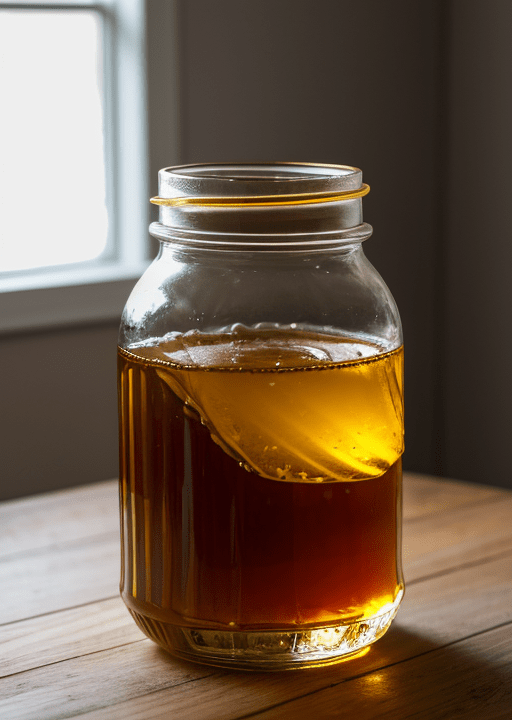
Can I filter honey using household items?
- While it is possible to use household items such as a fine mesh sieve or cheesecloth to filter honey, specialized honey filters are highly recommended for optimal results. Household items may not provide the desired level of filtration and could lead to a longer, messier process.
How do I clean honey filters?
- To clean honey filters, first, rinse them thoroughly with warm water to remove any sticky residue. Avoid using soap, as it can leave residues that may affect the taste of subsequent batches. Allow the filters to air dry completely before storing them for future use.
Will filtering honey affect its shelf life?
- Filtering honey has no significant effect on its shelf life. Honey naturally has a long shelf life due to its low moisture content and acidic pH, which inhibits the growth of bacteria and other microorganisms. Proper storage is more crucial for extending shelf life than the filtering process.
Can filtered honey crystallize faster?
- Filtering honey does not typically accelerate the crystallization process. Crystallization is a natural occurrence in honey and depends on factors such as its floral source and temperature fluctuations.
Regardless of whether honey is filtered or not, it may still crystallize over time, but this does not indicate a negative quality change.
